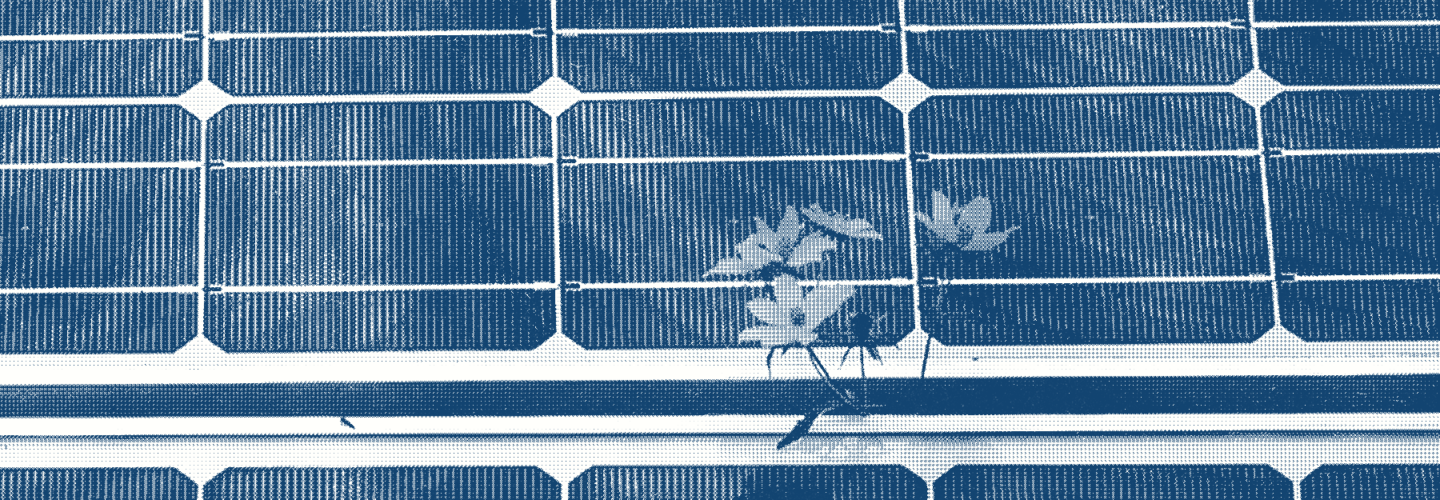Shave the Peak End-of-Summer Trend
This summer, we collected data every day from ISO-New England, the nonprofit Independent System Operator responsible for ensuring reliable electricity delivery across the six New England states. We tracked the forecasted high temperature, the forecasted and actual peak load, the time of said peak, the peak price of electricity and its timing, the CO2 emissions at peak, the output of behind the meter (BTM) solar and its timing, and whether or not we sent out a Shave the Peak notification to our subscribers who receive alerts on when and how to reduce electricity use during times of high stress on the grid. Stay tuned to find out how many Shave the Peak alerts we sent out this summer!
We’ve pulled together some statistics from this past summer (June-August) that highlight how much power demand can vary in the warmer months and how much that demand influences both electricity prices and pollution levels. By sharing these insights, we hope our followers can take these trends and turn them into action and, ultimately… You guessed it, Shave the Peak.
For example, on the highest-peak day of June 24, solar played a critical role in the grid’s resilience during that time. According to the Acadia Center, behind-the-meter solar met around 22% of system load, translating to more than 5,000 MW of distributed solar generation. This helped suppress demand, prevented blackouts, and saved customers collectively between $8.2 million and potentially $19.4 million in energy costs.
To read the full article from Green Energy Consumers Alliance, click here.




















Follow us